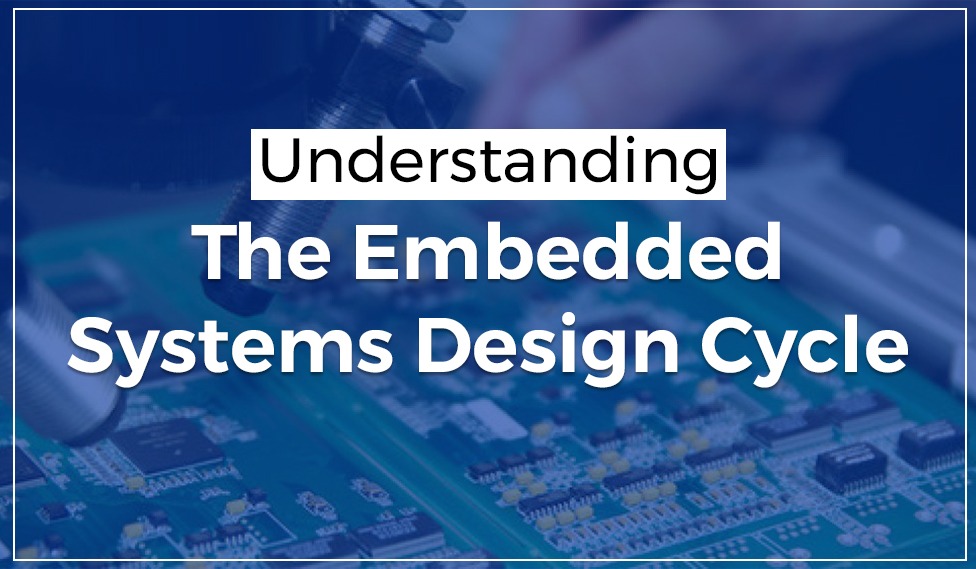
Any possible electronic product, be it a washing machine, smartphone, or vending machine, is called the embedded system if it has an embedded controller or a processor inside. It comprises various computational programs, memory, input and output peripherals, communication systems, and related electronic components. Hence, the entire setup is known as embedded systems design and hardware, and firmware experts come together to build such an efficient embedded circuit for embedded software development right from the basics.
The core of any embedded system is the microcontroller, programmed by the firmware professionals and installed on the circuit to be operated by the hardware experts. Therefore, in this post, let us clearly understand the embedded systems design cycle to learn and identify the challenges in the same.
Embedded System Design:
It will be overwhelming if you don’t have a perfect plan for embedded system design. Hence, here is a systematic approach for your design cycle to ensure proper designing, planning, and execution.
Requirement Analysis:
The foremost step in the embedded system design cycle is requirement analysis. You need to know your design’s basic needs, which are nothing but your specifications. Specify every component that is essential for the development of the design and ensure to have the same.
It is also to be noted that while specifying every essential component for your design, ensure that they are suitable for usage and execution. Similarly, look out for the components while purchasing, as some that work in the indoor environment are different while working in some other harsh conditions.
Outline:
After figuring out the requirements, it is time to give the schematic representation for the given PCB. This stage is considered one of the vital steps in the PCB design cycle because it is where you choose the suitable microcontroller for your circuit.
As mentioned earlier, the microcontroller is a significant component of the PCB, and at this stage, you would be processing the codes, memories, peripherals, speed, cost, power consumption, etc.
Design
The third stage is design of the software and embedded codes. Based on the requirement the selected micro controller/processor will be programmed for developing all operational functionalities
PCB Development:
The fourth stage is developing the PCB, as we have a completed schematic representation. It is a very delicate process, and PCB engineers use their best methods to make the product more efficient, functional, and reliable.
Most PCB developments include mixed-circuit signals or high-speed microcontrollers for more efficiency. Hence, as a result, the circuit faces challenges like EMI, noise coupling, and many more.
Prototype:
The fifth stage in the PCB design cycle is selecting the prototype or the primary network. So, after PCB development, it undergoes a DRC test and claims to be free from error, allowing it to choose a suitable prototype. However, there are many low-volume suppliers out there who offer cost-effective prototypes for the PCB.
Hardware Development:
The essential part of the PCB design cycle is bringing the developed prototype to life. The hardware engineer does it by programming them with the necessary sample code given by the manufacturer and later by the codes developed for the application.
Today’s electronic designs go beyond the basics that we learned in books. If you are looking for a team of experts who can perfectly optimise the PCB design through embedded software development services, then approach Sunstream now!



 +1.585.935.7123
+1.585.935.7123 +91-804-148-6861
+91-804-148-6861